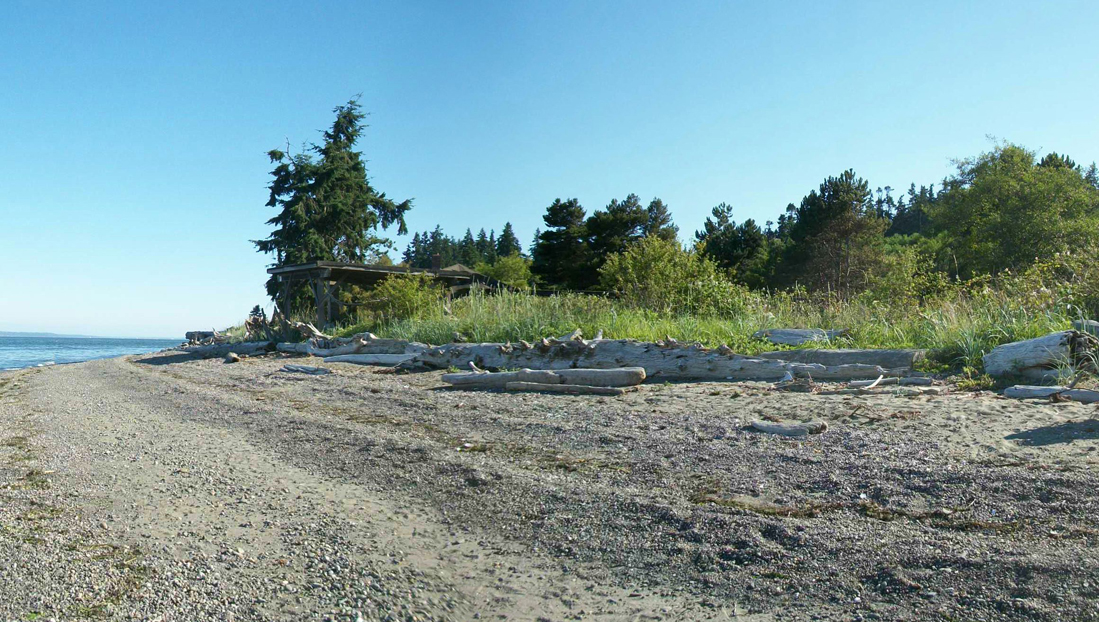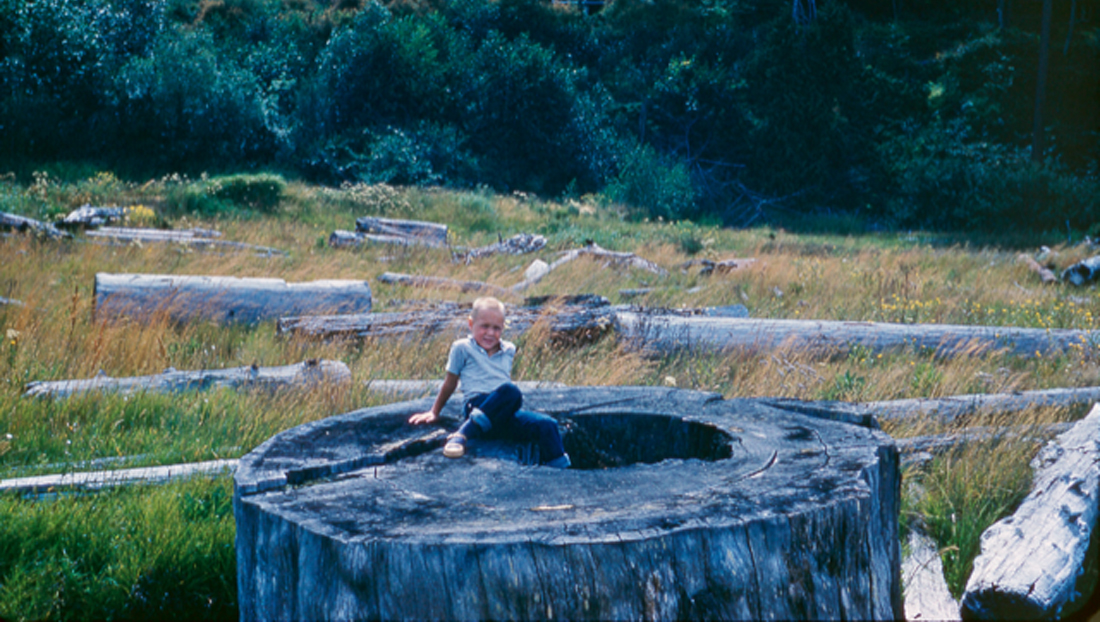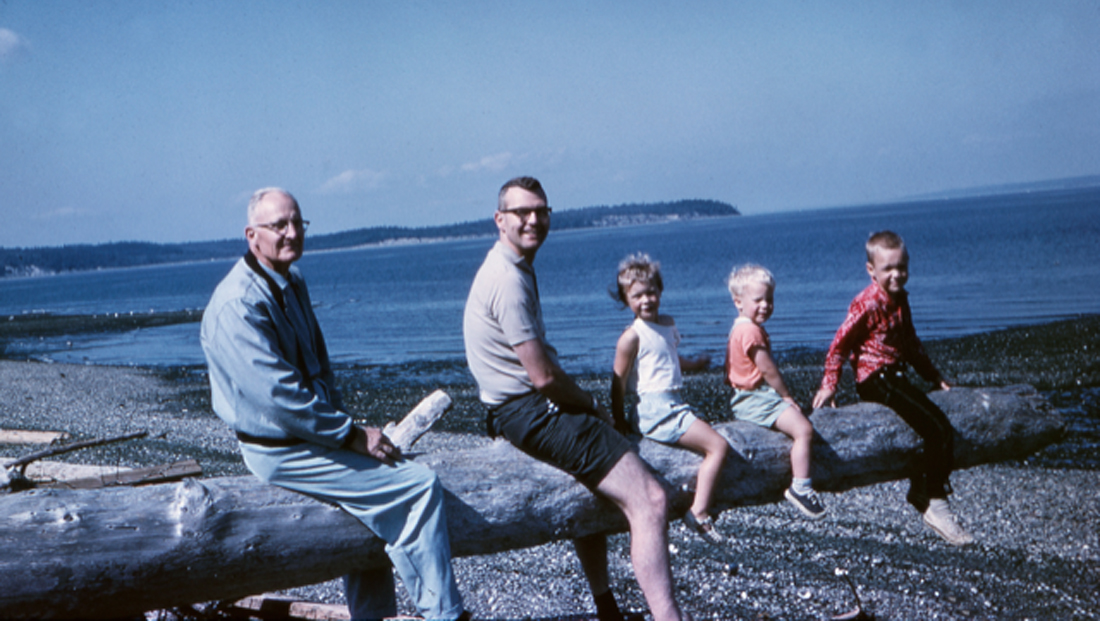This story begins in 1947 when Judy was 17 and her parents, Harlan and Ruth Reynolds, bought property along Sunrise drive with two other couples from their church. Judy and her husband Jack moved to the property in 1978 to live alongside her parents; in 1999 they donated a conservation easement to the Land Trust. The entire 3.2-acre property is encompassed by this protective easement, a voluntary legal agreement between the Land Trust and a landowner that allows the landowner to retain ownership, but preserves the conservation values of a property forever.
“Judy and Jack Brown made the decision to put the land into a Land Trust conservation easement in order to protect the beauty and life it harbors”, says Leyla Welkin, Judy’s daughter, “and to honor the dream of Harlan Reynolds that the land should foster connectedness for his family.”
Why this property?
Part of the beauty that Judith and Jack sought to preserve is a backshore wetland that covers the east portion of the property. Backshore, or tidal wetlands, occur along shorelines and are influenced by the tide. Together with a neighboring easement, the Brown Conservation Easement ensures that despite changes to the surrounding parcels, this wetland and the species and processes it supports will be protected forever.
In 2014, Judy placed the land into the Brown Family Homestead Trust in hopes that it will stay in the family for years to come. The ashes of Harlan, Ruth, their son Kenneth, and Judy’s husband Jack are all in the garden, and three grandchildren and one great grandchild have been born in the house. Leyla’s two sons currently live on the property with their wives and children, and all of her siblings regularly visit. She says, “We are all grateful for the way that the beauty and the richness of the life on this land has nurtured our family for five generations.”
The Brown Easement demonstrates how our special places – like family homesteads – have their own intimate and compelling stories to tell. At the beginning of many of those stories are people whose connection to the land is also their connection to family. The Brown Easement is a lasting example of the positive impact conservation easement can have across generations; and not just for the family itself, but for the broader Island community that will forever have a protected natural space regardless of the last name on the title.



